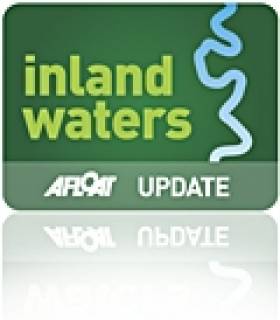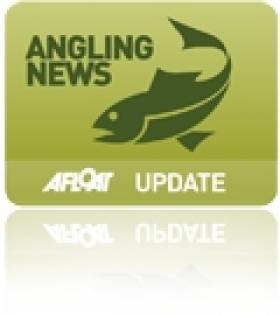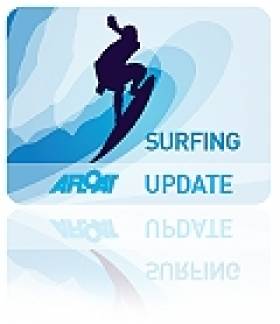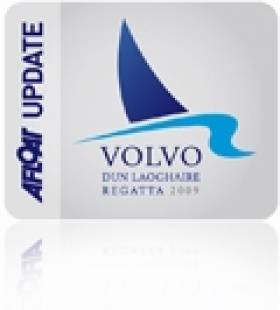Displaying items by tag: prize
Amateur Photo Contest Celebrates Shannon's Biodiversity
#LIFE ON THE SHANNON - MulkearLIFE has launched its amateur photo competition for 2012, with a prize fund of €1,000 on offer.
The contest celebrates the 20th anniversary of the EU LIFE programme and has the theme of ‘Exploring the Biodiversity of the Lower Shannon’. Images may cover any aspect of the theme, and can be submitted in any style from macro to landscape, black and white or colour.
There is no end to what type of image can be submitted. It could be an image of water, trees, plants, fish, invertebrates, fungi, mammals, birds, lichen, domestic animals - basically any living organism.
Though not essential, images that portray biodiversity in and along rivers, streams and waterways throughout the Lower Shannon region would be preferred.
Entry is free, and entrants can submit up to three images. Prizes will be offered in two categories: Children/Young Adults and Adults.
In addition, the overall winner will receive one full day's training in wildlife and landscape photography from a leading wildlife photographer later in 2012.
Full details of how to enter the competition are available on the MulkearLIFE website HERE. The closing date is 1 May 2012 at 5pm.
Ireland to Showcase 'Planet's Biggest Waves' on 2012 Kite Surf Tour
#KITESURFING - Ireland will be one of four stops on the 2012 Kite Surf Pro World Championship Tour to decide the best wave kitesurfers in the world, Surfer Today reports.
Kicking off in Cascais, Portugal in June before heading to Mauritius in September, the tour will come to Ireland's west coast - described as "Europe's secret kite surfing jewel and home to one of the planet's biggest waves" - from 19-28 October.
According to Surfer Today: "Ireland's Kite Surf Pro will incorporate a unique mobile format, capable of showcasing each day's action at the choicest of locations on the country's wild and swell-abundant west coast."
The tour will wrap up in Maui, Hawaii from 29 November to 8 December, where the €15,000 prize purse wil be up for grabs at the famed surfing venue of Ho'okipa.
Surfer Today has more on the story HERE.
Third Annual Pike World Cup Set for Lough Ree This April
#ANGLING - The Third International Pike Competition and Pike World Cup Boat Angling Tournament is set to take place on Lough Ree in Co Westmeath from 18-20 April 2012.
While the first event in 2010 attracted 55 anglers, that number more than doubled to 120 in 2012, and many more are expected to take part this year to boost the prize fund to €21,000.
As The Irish Times reports, top prize of €3,000 is guaranteed to the angler with the biggest pike.
This year's entry fee will also be reduced to €100 per angler for all three days or €40 per day. Fees will be returned in prize money with daily and overall prizes.
“We have made changes, especially when it comes to handling and photographing fish,” said organiser Dave Haughton.
For more details about the event and how to take part, contact [email protected].
Stokes Takes Top Spot at Expression Session
British surfer Alan Stokes's massive air-reverse won him the Quiksilver Expression Session in Bundoran this weekend.
Stokes takes home prizemoney of €3,500 in the speciality event for Irish and UK surfers with a simple 'best moves' format.
The 30-year-old from Newquay said he was “stoked and really happy with the win. There were great waves in the end and it was good to have it on a wedge because it is high performance surfing and it all came good.
"It is my first trip to Bundoran," he added, "I love it and it is great. Guinness and waves I can do airs on is as good as it can get for me.”
Meanwhile, Cain Kilcullen from Easkey, Co Sligo was awarded the best local performance to earn himself a wildcard in the Relentless Boardmasters in Newquay this August.
Post-DL Regatta Event for Ultimate Bragging Rights
Competitors in this year's Volvo Dun Laoghaire Regatta are set to race for the ultimate bragging rights in a new bonus event.
The Royal Irish Yacht Club is proposing the one-day event on Sunday 31 July modelled on the ISA All Ireland Sailing Championship, where up to 16 teams will compete in a winner-takes-all contest with the prize of a significant voucher to go against their annual Dublin Bay Sailing Club subscription.
The best helms from Cruisers 1, 2 and 3, White Sails, Sigmas, Dragons, 31.7s and SB3s will compete using the symmetrical kite J80s in a round-robin fleet racing format.
Each participating DBSC class will have one team, selected by being the highest ranked DBSC boat in the Dun Laoghaire Regatta. Each class can decide if the team is chosen on a design, IRC or ECHO basis.
More details will be available in due course from the RIYC website.


























